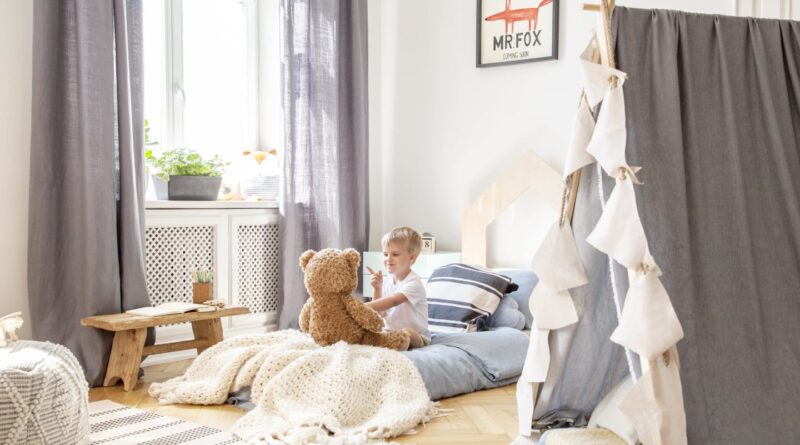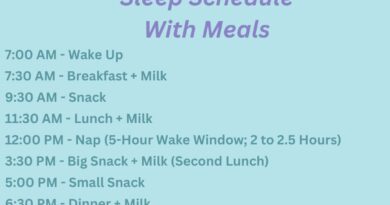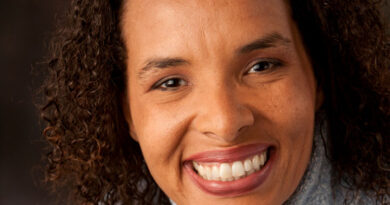7 Montessori floor bed options we love—and an expert’s advice on how to use them
If you’re a parent of a baby or toddler, you’ve probably spent a lot of time researching sleep questions: How to get your baby to sleep, how to manage naps and, of course, where they should sleep! In all that googling you have likely come across the option of Montessori floor beds and wondered if they might work for your family.
Floor beds are by no means new. They’ve been used around the world and in other cultures for centuries, but have gained popularity in recent years in the U.S. as more families are opting to Montessori at home. Dr. Maria Montessori advocates for freedom of movement starting at birth, and this includes where a child sleeps. In her book, “The Secret of Childhood,” she describes the developmental significance of the floor bed—something low to the ground that allows your child to develop their independence and encourages freedom of movement.
“One of the greatest helps that could be given to the psychological development of a child would be to give him a bed suited to his needs and cease making him sleep longer than necessary. A child should be permitted to go to sleep when he is tired, to wake when he is rested, and to rise when he wishes. This is why we suggest that the typical child’s bed should be done away with as has already been done in many families. The child instead should be given a low couch resting practically upon the floor, where he can lie down and get up as he wishes. Like all the new helps for a child’s psychic, a low bed is economical.”
– Dr. Maria Montessori, The Secret of the Childhood (p. 74)
But practically, in the year 2022, what does that look like? Although Dr. Montessori’s understanding of child development through the lens of a scientist, the world has changed in the last 100 years. That being said, it is still very possible to follow this piece of the Montessori method if it feels right for your child and your family. If the idea of going the non-crib route comes with a lot of safe sleep concerns and questions, you are not alone.
Here are the answers to some common questions when deciding if a Montessori floor bed is the right choice for your family.
What is a Montessori floor bed?
The concept of a Montessori floor bed is almost all in the name. A floor bed is truly a bed that is placed on the floor, or low enough to the ground so that a young child can safely climb in and out of it on their own. This can be as simple as a crib mattress placed directly on the floor (for children under the age of 2 a firm crib mattress should be used), or a mattress in a bed frame specifically designed as a Montessori floor bed. How you choose to set up the floor bed and which option is best depends on the space you are setting it up in, as well as the age of your child when first beginning to use it.
Is a Montessori floor bed right for me?
In determining if a floor bed will work for your family, it’s important to consider your child’s current sleep habits. Some families choose to start using a floor bed right when their child transitions into their own room for sleep. In this case, it’s important to follow the American Academy of Pediatrics safe sleep recommendations.
Although it is more traditional in Montessori practices to start using a floor bed in infancy, other families choose to begin using a floor bed when a crib is no longer working for their child. Just like any big transition, if you decide to move from a crib to a floor bed know that there will be a learning curve for all (yes parents, you too!). Maintaining a similar sleep environment and routine to what you were using while crib sleeping can help with the transition. Also, some have found that starting with naps can be a slightly lower-stakes option. Keep in mind that if your child is having frequent wakings and trouble sleeping, it’s unlikely that switching to a floor bed will solve this. Beginning with a strong sleep routine and foundation will make the process smoother for everyone.
How do I set up my child’s room and bed?
It depends on your child’s age. Just like any other room in your house that you are using the Montessori method with, you want to have the space set up for your child’s needs at their developmental stage. If you are using a floor bed before your child is mobile, it helps to get down at the floor bed level and see what your baby will be seeing from their view. A floor bed allows a pre-crawling infant to observe the world visually without looking through the slats of a crib, but you want to ensure the space isn’t cluttered or overly stimulating.
It’s also important to secure all furniture to the walls, and hide all electrical cords even before your child is mobile. If you’re setting up a floor bed for a toddler it’s likely the room will need some significant changes from the traditional nursery setup. While you may use the crib mattress you’ve had, you can also take the opportunity to upgrade to a twin mattress (we like Newton’s organic, washable twin mattress).
Remember that everything left in the room is “fair game” to use once you’ve closed the door and said goodnight—it’s best to start with as little in the room as possible and slowly add more back in if needed. Having a small bookshelf with a few options and 2-3 toys available is enough at the beginning. Even more so than with an infant using a floor bed, ensuring the room is baby proofed is essential for those curious toddlers.
How do I get my baby or toddler to stay in bed? Won’t they roll out?
When a baby is first starting out on their floor bed, they may roll out a couple of times. Having the bed on a plush carpet helps with this, but it is also important to remember they are close to the ground for this reason. After rolling out a few times they will learn where the edge of the bed is and what it feels like. This is cause and effect, a skill they will be spending many months learning. If they continue to roll out, or it is causing worry, placing a pool noodle under the sheet around the edges can help them identify where they are.
For an older child who’s capable of crawling or walking out of bed it can be impossible to imagine why they would choose to stay in bed. And the short answer is, they may not. Or, at least not at first. Allowing a child freedom of movement and choice around sleep means they might not rest exactly on your schedule, but instead may play with the couple toys available for them until they have tired, then will fall asleep on the floor or return to their bed to nap. They will eventually learn to listen to their body and know that the floor bed is where they can take themselves when they are ready to sleep. A floor bed takes trust and flexibility on the parents’ end, but it will help build a child’s independence and maturity.
Here are our favorite picks for Montessori floor beds.
A version of this story was published September 17, 2021. It has been updated.












